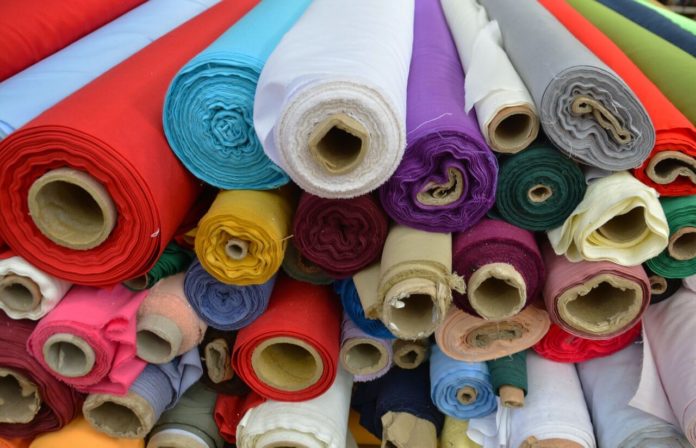The textile industry of India is world famous for its craftsmanship and splendid designs. This fame of Indian textile is not new. As early as the Indus Valley Civilization, the quality, and craftsmanship of India’s textiles ruled the world.
We rightly carried this legacy and Indian government is very cautious to make every effort to promote this industry. The coming of GST has touched every business phase of India and textile industry cannot stay intact. It has affected the textile industry in its own way.
To understand the long-term impact of GST, we need to find out the structure of the textile business.
- The finely created textiles have been in high demand all over the world, but the textile industry in India hardly meet 100% demand for Indian textiles including both organic and synthetic.
- The synthetic & artificial fibers and naturally created fibers are the types of the textile production process.
Domestic market of textile and GST
- The GST bill provides several benefits to the industry players in the domestic market. It determines to strengthen the domestic market by creating new opportunities for new businesses in the textile industry.
- The advent of GST in the textile sector will give confidence to stakeholders and will facilitate the organized structure in implementation in the textile industry.
Transparent and simple taxation
The transparent and simple taxation process is made possible by GST regime. This will help saves time from filing taxation at multiple levels for goods and services offered by the textile industry.
Simplified and uniform taxation
With the coming of the GST, there are simplified and uniform taxation policies. The blockages are removed as the input taxes are removed since GST is a consumption tax.
Zero rating on exports after implementation of GST has helped to increase exports furthermore without the need for various subsidy schemes.
Easy movement of goods
- It is easy to have the movements of goods within the states as many local state taxes that are levied on the borders of states have evaded and free movement of goods is allowed now.
- The cotton and synthetic fiber which were subjected to 4%-5% state VAT are evaded after coming to GST.
The disparity in taxation has ended
- When one talk about the taxation policy there are nine categories in which textile industry is divided. The last taxes varied from 4% to 12% based on these categories.
- Additionally, unorganized players who enjoy tax exemptions on the basis of the size of their operations dictate the textile sector.
- The different taxation policies for cotton and man-made fibers made it more confusing. There was zero duty for cotton fibers. But, if we compare it with man-made fibers, duty structure of nearly 12.5% was paid.
The equal tax treatment policy has helped man-made fiber production and its exports as well. GST has helped to solve longtime textile industry complaints.
The textile industry is going to boom
The duty disparity which barred domestic producers from scaling up operations and affected India’s export competitiveness in artificial and synthetic textiles has finally ended. The textile industry is about to boom by the supporting effects of GST.


